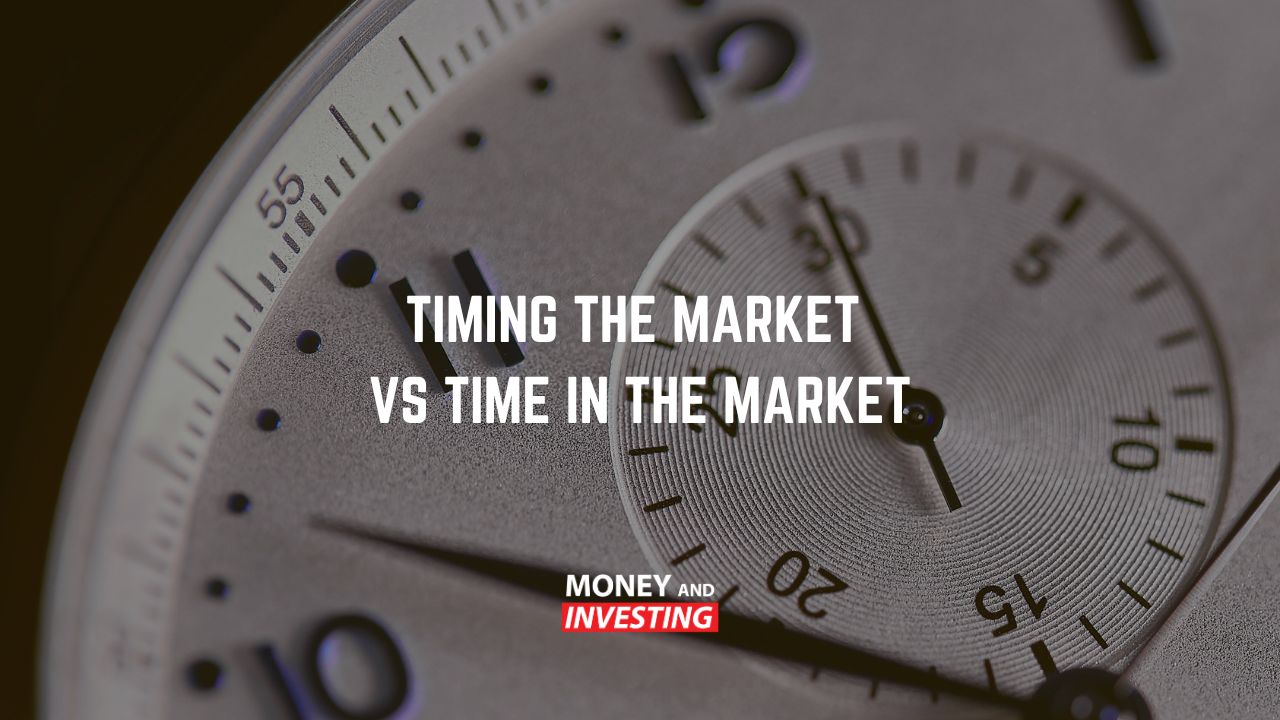As the perennial challenge for any financial advisor, ensuring your asset allocation matches your risk appetite is crucial for investors. As markets and asset classes change in shape and size, this is a much more challenging, philosophical question than most would suspect. Here’s why:
What is a Risk Appetite?
First deciphering your risk appetite, AKA how much spice you’re willing to handle on your investments, is the first step to any asset allocation. In the financial planning space, typically this done via a ‘fact find’ where a prospective client would take a questionnaire in order to plot themselves on the scale of risk appetite. Host Andrew Baxter says it’s important to understand how much of a drawdown are you prepared to accept, over what time frame and what it is that you are trying to achieve in terms of results. From here, matching your risk appetite with an appropriate asset allocation is the real challenge.
Buying Shares
Generally speaking, having direct ownership of shares is something you’d see for people in the mid-high range on the risk appetite spectrum. By owning direct shares, host Andrew Baxter says you have to be prepared to accept that stock specific risk that comes with doing so. Additionally, accepting market risk is also key. Volatile events like the global financial crisis and Covid-19 pandemic can shock markets, wiping off 30-40% of values in a matter of days. Being an investor requires staying alert and ready to tackle sudden economic downturns. Like anything, with risk comes reward – in the stock market, there is significant capital gains potential.
The Property Market
Buying and selling real-estate has been one of the few methods the majority of Aussies can hang their hat on as their money maker. The property market typically could suit anywhere from low to medium on the risk spectrum as it really depends on what you’re doing. If you’re buying real-estate from an investment perspective, this could be commercial or residential, single story, multi-dwelling, off the plan, new or old build plus a myriad of other combinations. Each are fraught with their own level of risk, albeit it’s important to note that most people who buy property utilise a mortgage and are therefore geared into that investment. Gearing comes with its own set of risks for obvious reasons, however the popularity of the property market remains given the asset continues to perform well and price action remains relatively robust.
Cash at the Bank
As the age-old philosophy would argue, holding cash at the bank is typically your conservative ‘safe haven’ investment. This, in today’s climate, is simply not true. As co-host Mitch Olarenshaw makes mention of – if you take a look at current returns on cash at the bank right now at 0.05%, once you factor in the current inflation rate of 3.8% and assume a 30% corporate tax rate, your real return on this money is -4.05%. Don’t get us wrong, we all need to hold some cash during periods of indecisiveness or to pay our bills, however, cash is not an investment! By investing in a fixed-interest investment like a bond, you receive annual payments known as coupons for giving up the funds. Ever so slightly higher on the risk spectrum, albeit a guaranteed cash flow.
Managed Funds
Investing your cash into a managed fund gives you a 67% chance of underperforming the overall market by default, given that’s how many do so on an annual basis. Owning units in a managed fund is historically less risky than holding individual shares, sitting somewhere on the conservative to moderate end of the risk spectrum. Understanding that you could be paying a large in chunk of cash in fees or broker commissions, holding a managed fund may be a good way to gain broad market exposure. Just be careful as to who you select to manage this for you.
The Inflation Hedge – Gold or Crypto?
During times of market volatility and uncertainty, such as inflationary periods, usually we see investors retreat to holding physical gold. Professional trader of 27 years, Andrew Baxter, says the issue with holding gold is that you are basically long US dollars (given it is valued in USD) and you have to pay storage costs. In what is already an overinflated currency given the economy is printing money like it’s going out of fashion; investors have since swapped to a riskier form of hedging outside the financial markets into crypto currency given the currency inflationary environment.
As arguably the most volatile asset there is, crypto currency has become such a mainstream investment that despite it being on the upper end of the risk spectrum, more and more investors (even superfunds!) are gaining exposure to the various coins. As a finite resource not tied to any fiat currency, crypto is the new inflation hedge.
No One Size Fits All
When they say, ‘one size fits all’, this really isn’t true in the world of investing. As we’ve talked of a multitude of asset classes above, there is no right nor wrong answer here – once again, it boils down to your risk appetite as to what you may choose to hold. The everchanging nature of financial markets and easy access to information has meant that investors can chop and change, pick and mix these asset classes as they please. Like knowing what coffee to order at the local shop, you have to know what your taste is – investing is much the same. For anyone unsure, reach out to Australian Investment Education to learn more.



